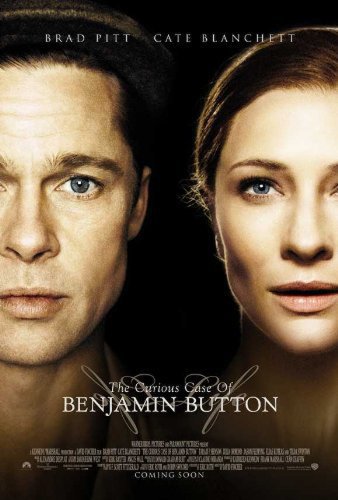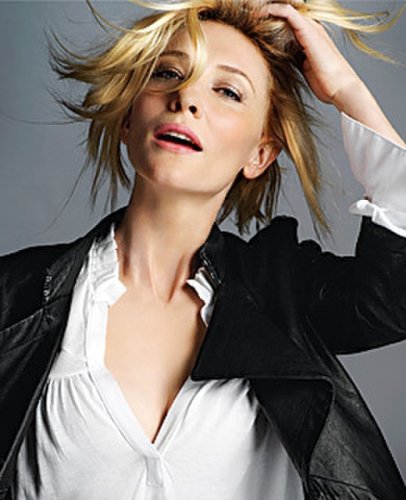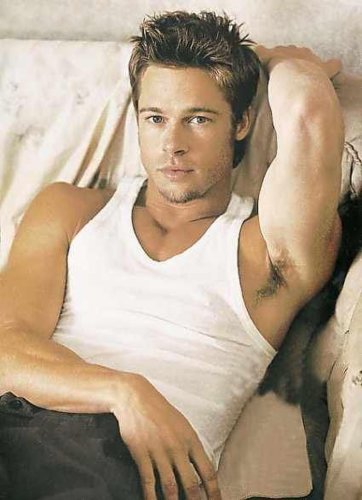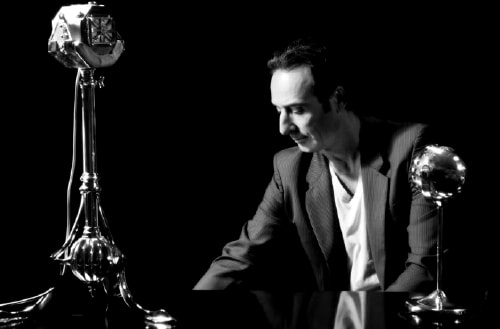| Fecha | Área | Bruto |
|---|---|---|
| 23 April 2009 | USA | USD 127,509,326 |
| 19 April 2009 | USA | USD 127,490,802 |
| 12 April 2009 | USA | USD 127,394,283 |
| 5 April 2009 | USA | USD 127,247,417 |
| 29 March 2009 | USA | USD 127,023,019 |
| 22 March 2009 | USA | USD 126,759,635 |
| 15 March 2009 | USA | USD 126,532,358 |
| 8 March 2009 | USA | USD 126,101,980 |
| 1 March 2009 | USA | USD 125,388,340 |
| 22 February 2009 | USA | USD 124,211,606 |
| 15 February 2009 | USA | USD 122,573,294 |
| 8 February 2009 | USA | USD 119,950,285 |
| 1 February 2009 | USA | USD 116,473,266 |
| 25 January 2009 | USA | USD 111,129,482 |
| 18 January 2009 | USA | USD 103,610,033 |
| 11 January 2009 | USA | USD 91,092,395 |
| 4 January 2009 | USA | USD 79,297,086 |
| 28 December 2008 | USA | USD 38,725,647 |
| USA | USD 127,509,326 | |
| 15 March 2009 | UK | GBP 8,962,672 |
| 8 March 2009 | UK | GBP 8,806,133 |
| 1 March 2009 | UK | GBP 8,321,894 |
| 22 February 2009 | UK | GBP 7,372,682 |
| 15 February 2009 | UK | GBP 5,109,178 |
| 8 February 2009 | UK | GBP 2,213,495 |
| 5 April 2009 | Worldwide | USD 329,809,326 |
| Worldwide | USD 333,932,083 | |
| 5 April 2009 | Non-USA | USD 202,300,000 |
| Non-USA | USD 206,422,757 | |
| 18 January 2009 | Australia | AUD 13,331,680 |
| 4 January 2009 | Australia | AUD 8,411,362 |
| 28 December 2008 | Australia | AUD 3,330,954 |
| 11 January 2008 | Australia | AUD 11,356,546 |
| 8 February 2009 | Brazil | BRL 12,186,963 |
| 1 February 2009 | Brazil | BRL 9,710,587 |
| 25 January 2009 | Brazil | BRL 6,242,385 |
| 18 January 2009 | Brazil | BRL 2,120,142 |
| 18 January 2009 | Israel | ILS 938,341 |
| 18 January 2009 | New Zealand | NZD 1,332,871 |
| 4 January 2009 | New Zealand | NZD 664,530 |
| 28 December 2008 | New Zealand | NZD 198,799 |
| 11 January 2008 | New Zealand | NZD 1,054,897 |
| 22 February 2009 | Philippines | PHP 36,017,819 |
| 15 February 2009 | Philippines | PHP 35,235,280 |
| 8 February 2009 | Philippines | PHP 34,745,709 |
| 1 February 2009 | Philippines | PHP 32,597,466 |
| 25 January 2009 | Philippines | PHP 30,373,364 |
| 18 January 2009 | Philippines | PHP 23,848,620 |
| 11 January 2009 | Philippines | PHP 12,573,920 |
| 18 March 2009 | Portugal | EUR 1,758,953 |
| 11 March 2009 | Portugal | EUR 1,728,582 |
| 25 February 2009 | Portugal | EUR 1,567,384 |
| 18 February 2009 | Portugal | EUR 1,385,221 |
| 31 January 2009 | Portugal | EUR 900,314 |
| 19 November 2017 | South Korea | USD 10,422,879 |
| Fecha | Área | Bruto | Pantalla |
|---|---|---|---|
| 28 December 2008 | USA | USD 26,853,816 | 2,988 |
| 8 February 2009 | UK | GBP 2,213,495 | 425 |
| 28 December 2008 | Australia | AUD 3,330,954 | 251 |
| 18 January 2009 | Brazil | BRL 2,120,142 | 202 |
| 8 February 2009 | Estonia | USD 27,061 | 4 |
| 18 January 2009 | Israel | ILS 938,341 | |
| 28 December 2008 | New Zealand | NZD 198,799 | 56 |
| 11 January 2009 | Philippines | PHP 12,573,920 | 37 |
| Fecha | Área | Bruto | Pantalla |
|---|---|---|---|
| 19 April 2009 | USA | USD 58,881 | 111 |
| 12 April 2009 | USA | USD 83,380 | 156 |
| 5 April 2009 | USA | USD 131,342 | 213 |
| 29 March 2009 | USA | USD 208,157 | 246 |
| 22 March 2009 | USA | USD 123,045 | 206 |
| 15 March 2009 | USA | USD 270,835 | 281 |
| 8 March 2009 | USA | USD 440,082 | 401 |
| 1 March 2009 | USA | USD 787,261 | 558 |
| 22 February 2009 | USA | USD 1,232,517 | 754 |
| 15 February 2009 | USA | USD 1,928,521 | 909 |
| 8 February 2009 | USA | USD 2,302,188 | 1,478 |
| 1 February 2009 | USA | USD 3,544,251 | 2,126 |
| 25 January 2009 | USA | USD 6,085,919 | 2,263 |
| 18 January 2009 | USA | USD 5,576,862 | 2,223 |
| 11 January 2009 | USA | USD 9,212,515 | 2,947 |
| 4 January 2009 | USA | USD 18,691,248 | 2,988 |
| 28 December 2008 | USA | USD 26,853,816 | 2,988 |
| 15 March 2009 | UK | GBP 70,151 | 115 |
| 8 March 2009 | UK | GBP 216,807 | 214 |
| 1 March 2009 | UK | GBP 493,201 | 371 |
| 22 February 2009 | UK | GBP 1,010,219 | 421 |
| 15 February 2009 | UK | GBP 1,772,316 | 419 |
| 8 February 2009 | UK | GBP 2,213,495 | 425 |
| 18 January 2009 | Australia | AUD 1,036,761 | 240 |
| 4 January 2009 | Australia | AUD 2,989,404 | 251 |
| 28 December 2008 | Australia | AUD 3,330,954 | 251 |
| 11 January 2008 | Australia | AUD 1,688,232 | 248 |
| 8 February 2009 | Brazil | BRL 1,524,250 | 201 |
| 1 February 2009 | Brazil | BRL 1,926,600 | 201 |
| 25 January 2009 | Brazil | BRL 2,365,726 | 201 |
| 18 January 2009 | Brazil | BRL 2,120,142 | 202 |
| 18 January 2009 | Israel | ILS 938,341 | |
| 18 January 2009 | New Zealand | NZD 160,991 | 56 |
| 4 January 2009 | New Zealand | NZD 282,472 | 56 |
| 28 December 2008 | New Zealand | NZD 198,799 | 56 |
| 11 January 2008 | New Zealand | NZD 247,881 | 56 |
| 22 February 2009 | Philippines | PHP 10,233 | 1 screen |
| 15 February 2009 | Philippines | PHP 181,996 | 5 |
| 8 February 2009 | Philippines | PHP 911,291 | 23 |
| 1 February 2009 | Philippines | PHP 1,583,273 | 25 |
| 25 January 2009 | Philippines | PHP 4,110,340 | 35 |
| 18 January 2009 | Philippines | PHP 7,149,926 | 37 |
| 11 January 2009 | Philippines | PHP 12,573,920 | 37 |
| 19 November 2017 | South Korea | USD 19,477 | 44 |




_(photo_by_Carl_van_Vechten).jpg)













_4.jpg)





